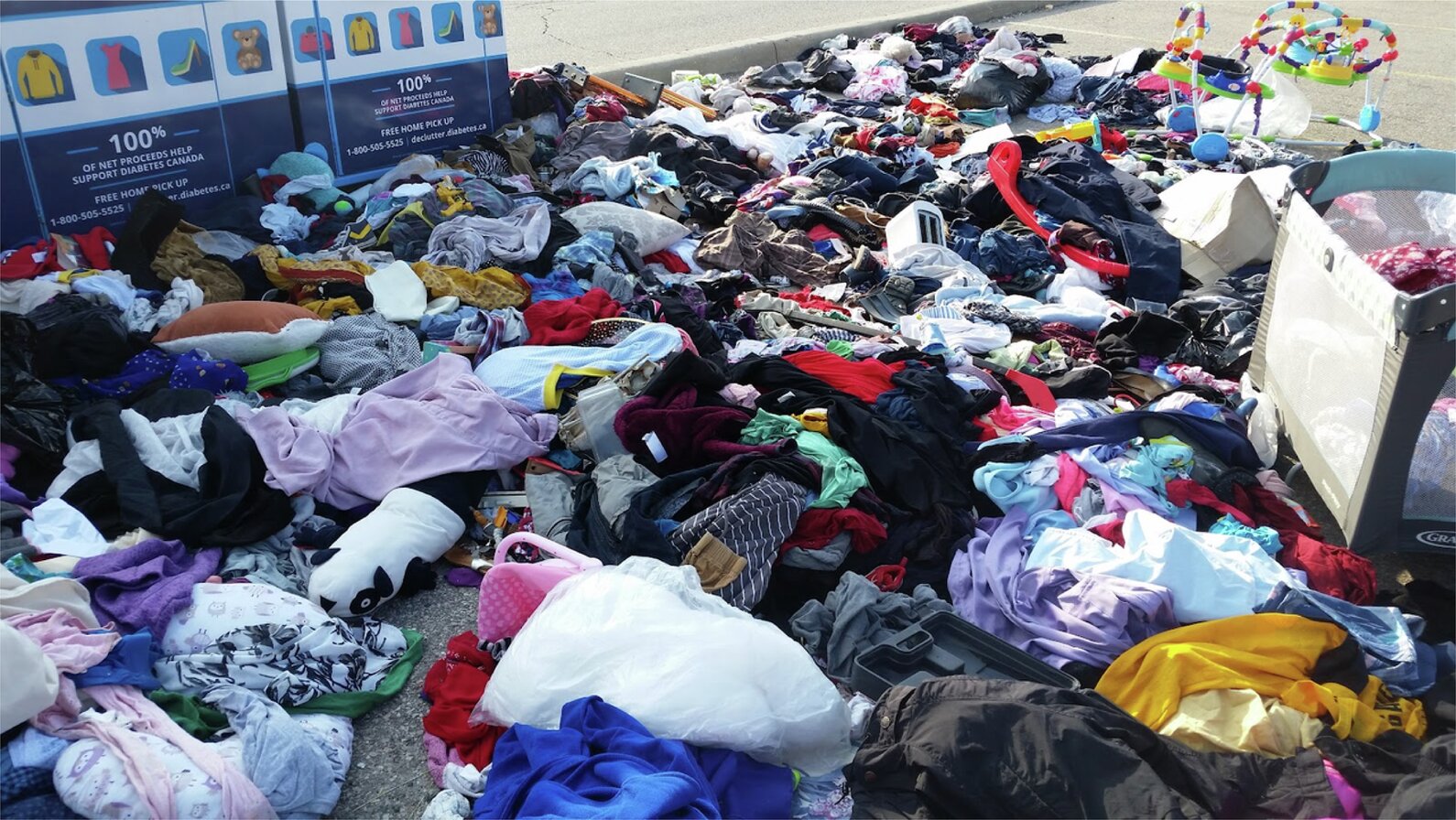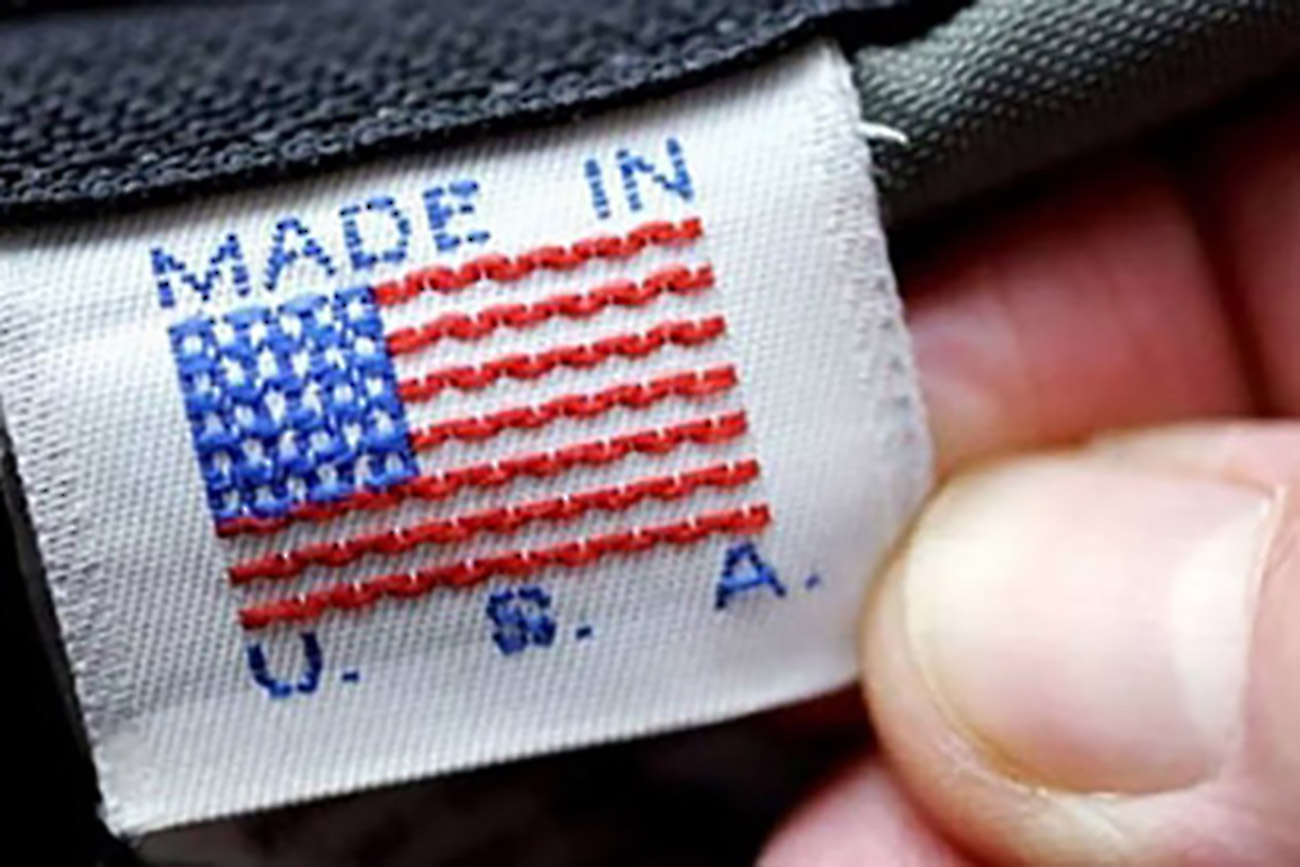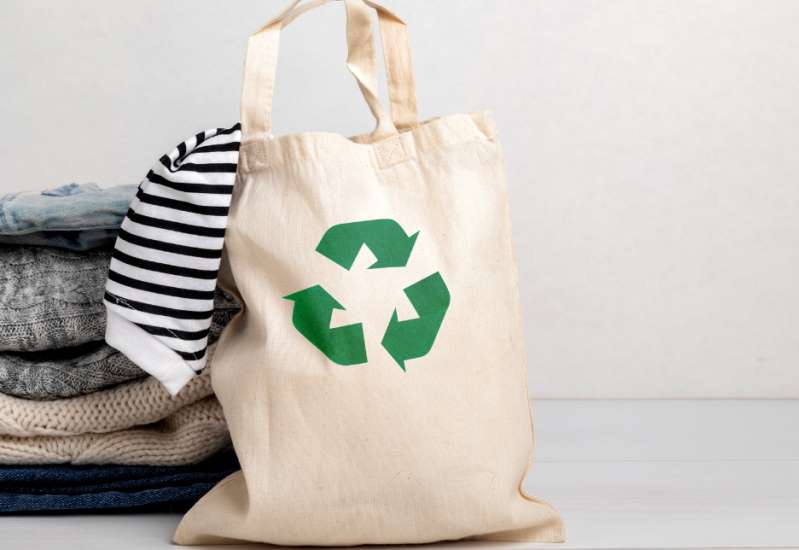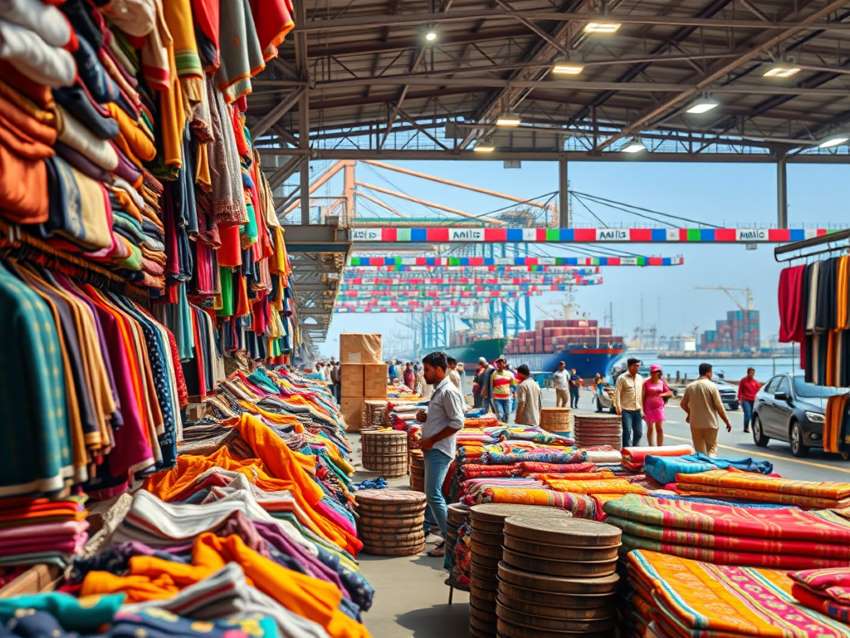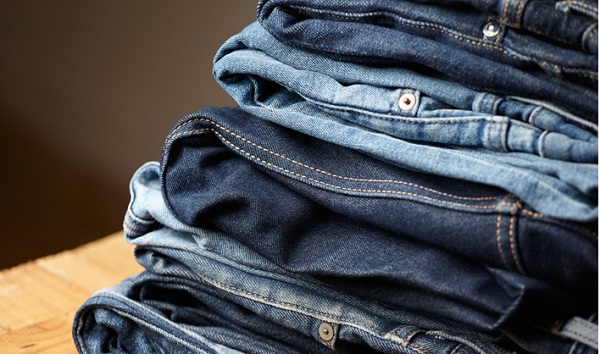
The pandemic that erupted in 2020 brought entire businesses across the world to a standstill. The crisis affected the apparel sector most due to its discretionary nature. The clothing industry survived on rising demand for PPE and other health and well-being related clothing in these times of crises. As per an Apparel Resources report, the world’s largest importer of apparel and textiles, the European Union experienced serious growth turbulence during the year. As per WTO estimates, on an average, the EU accounts for nearly 21 per cent of the world’s apparel and textile imports value.
Eurostat data shows, overall European apparel import declined 13.30 per cent from 2019 to 2020 due to the pandemic. The EU imported 23.70 billion units of clothing in 2020, a meager growth of 0.8 per cent from previous year. From 2016-2019, the EU market grew at an average annual rate of 4.7 per cent. It is slowly recovering its growth pace though recurrent COVID-19 outbreaks are holding it back.
China’s import share declines in 5 years
Currently, EU imports clothing from both within the Union and outside. Imports from within the Union account for 50.80 per cent while from outside its 49.20 per cent. Clothing imports from EU are mainly sourced from Asian countries such as China, Bangladesh and Turkey. These three account for 27.3 per cent of all apparel imports into the EU. China dominated EU’s apparel imports with 12.2 per cent value in 2020; followed by Bangladesh 9.5 per cent; Turkey 5.5 per cent.
From 2016-2020, China’s import share declined 6.6 per cent and is expected to drop further in coming years due to an acute labor shortage, and an ongoing trade war with the US. The newly introduced environmental legislations following China’s signing of the Paris Agreement on Climate Change, is also likely to impact exports.
Accounting for 72.9 per cent of total apparel import market in EU, Germany, France, Spain, Italy, the Netherlands and Poland are top six apparel importers in the EU. Germany topped with an import value of €30.2 billion in 2020 followed by France, Spain, Italy, the Netherlands and Poland. Poland’s imports are growing at a rapid rate of 13.3 per cent every year, making it the sixth largest importer of apparel in the EU.
Pants top import as prices vary across member-states
Prices of apparels imports by EU member states varied considerably across the Union. The highest prices were paid by Scandinavia while the lowest were paid by South-East Europe. Eurostat figures show, prices of Latvia’s imports increased 36 per cent compared to overall import prices of the EU. Pants were the largest apparel product category imported in 2020. The EU imported €28.60 billion worth of pants or trousers during the year; followed by shirts and blouses, coats and jackets, knitwear and dresses and skirts which together accounted for 78.30 per cent of all apparel imports to the EU.
In the last five years, the import value of dresses and skirts grew on an average 5.20 per cent each year while imports in the other top five categories grew on an average 1.70 per cent each year. Imports of sportswear category grew 2.80 per cent while imports in the shirts and blouses, denims, suits and ensembles categories declined.

